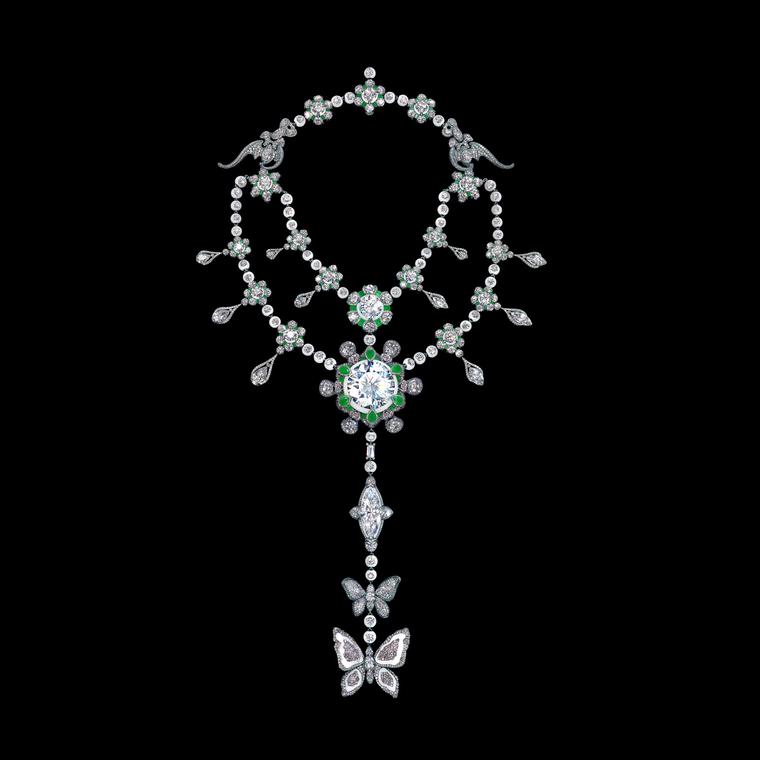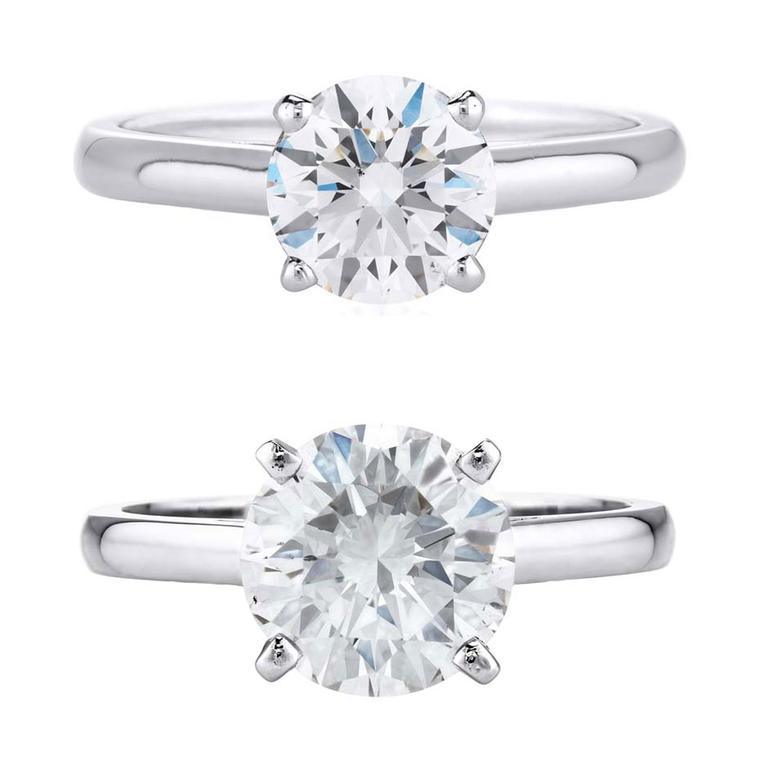Transcript
|Maria Doulton: 'C' is for clarity, and this refers to how clean or clear the diamond is. It goes a lot more than just skin deep. To determine how clean a diamond is, you'll need one of these, which is a jeweller's loop, and this magnifies by 10, so any grading that you find on a diamond certificate refers to what is visible with a magnification of 10 times.
The flaws that occur in a diamond have two names, so if they're inside the diamond, they're called inclusions, and if they're on the surface, they're called blemishes, so you need to look out for those two different types. Inclusions are more visible in some cuts than others, and the most forgiving cut for inclusions is the cushion cut, whereas the emerald is quite the opposite. Its long, clean lines that shine right into the heart of the diamond mean that there is no room for any flaws.
The clarity of a diamond is graded on a scale, and right at the bottom is imperfect, and it goes to the top grading, which is Flawless: the most desirable. This is, of course, determined by how many blemishes or inclusions are within that diamond.
After Internally Flawless comes VVS, which stands for very, very slightly included, and then just after that is VS, which stands for very slightly included. Now somebody like Graff, who only sells the very best quality, will not go below VS - very slightly included - so use that as a benchmark. Don't go below VS1 or 2 if you can avoid it.






